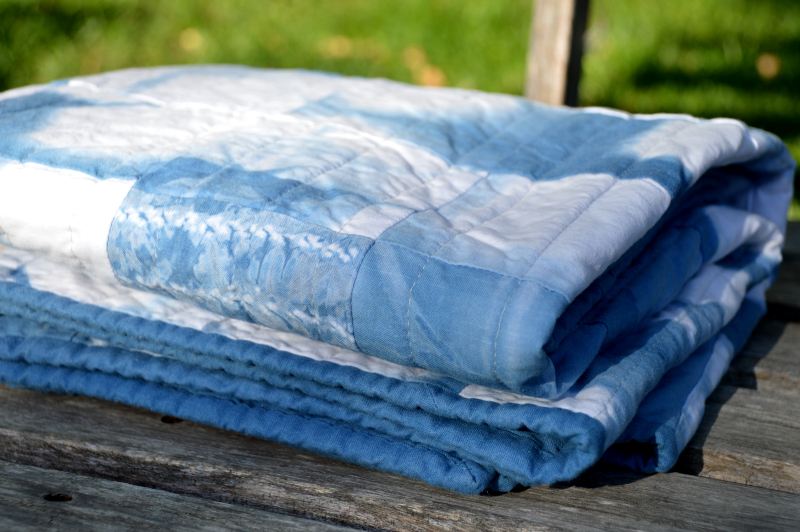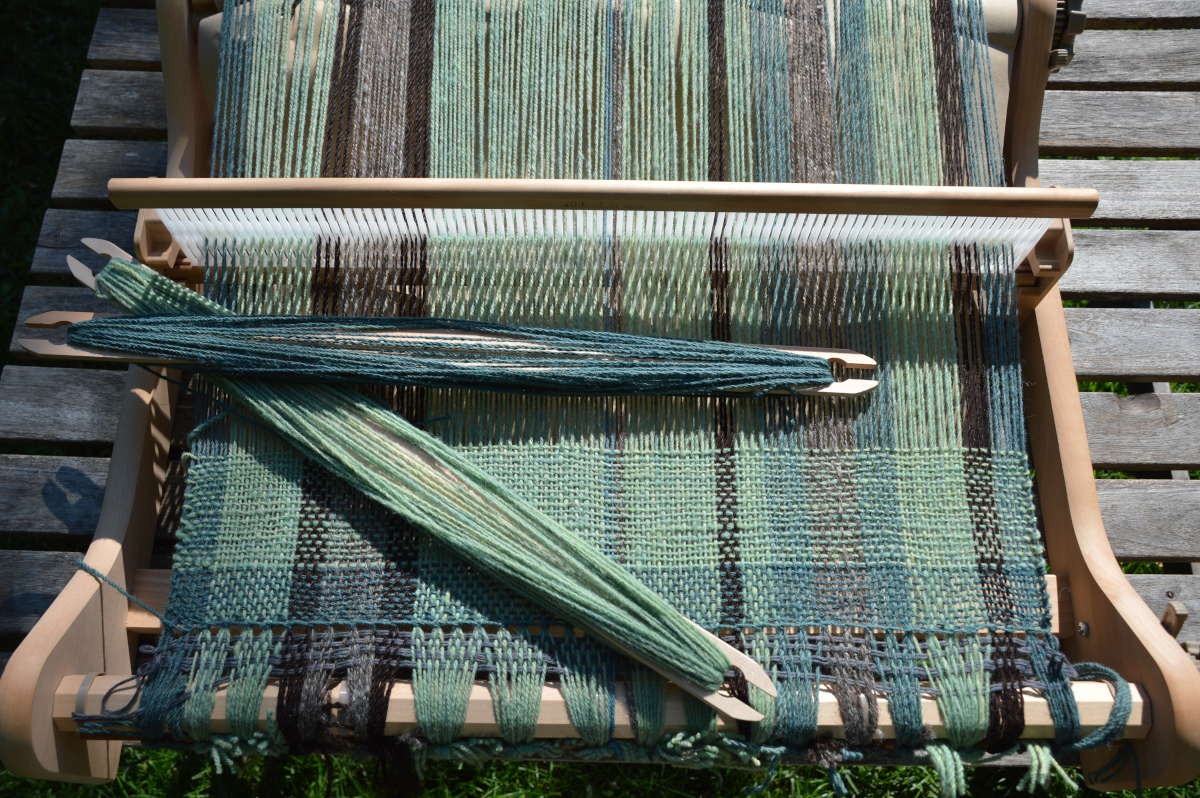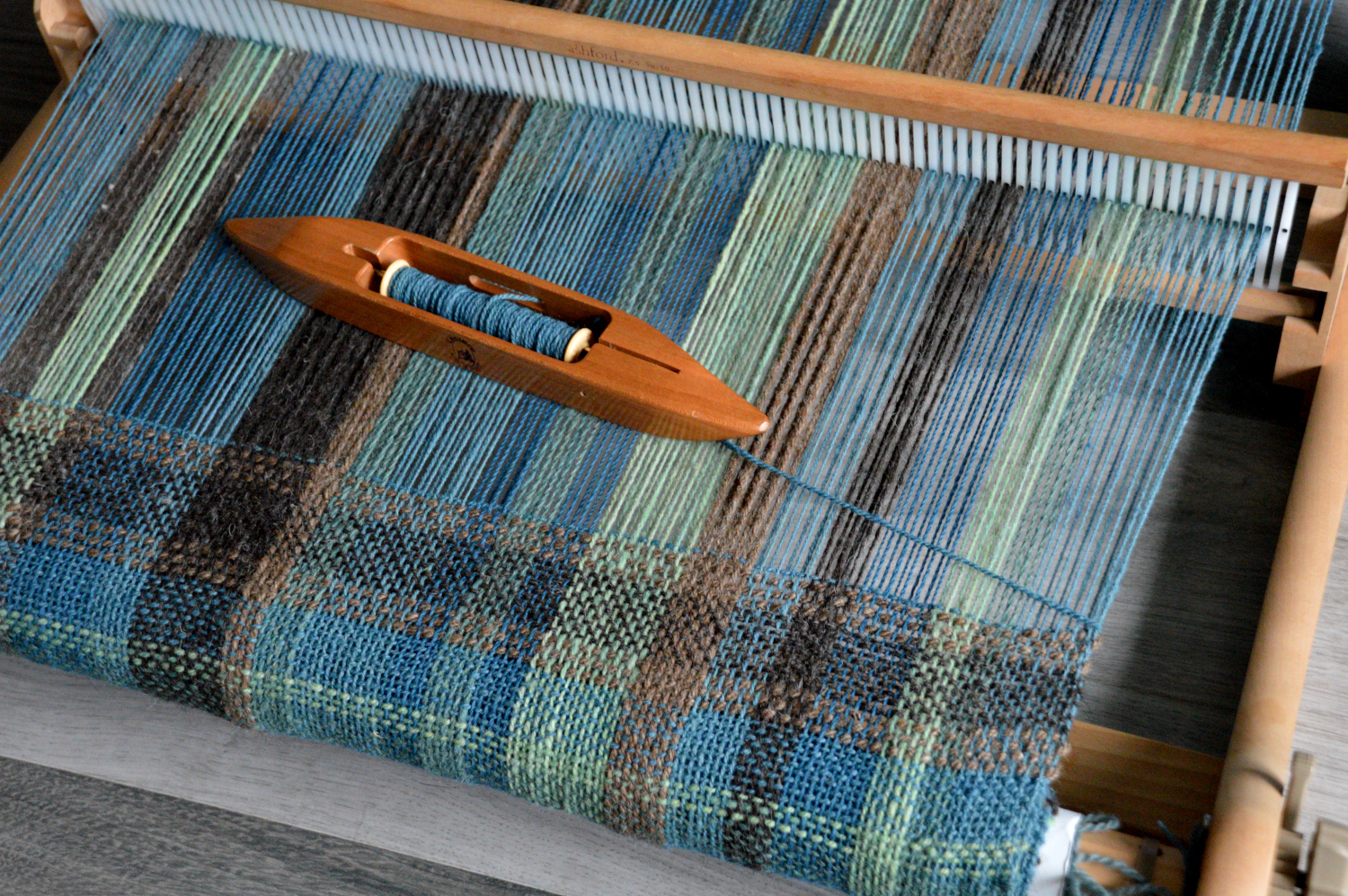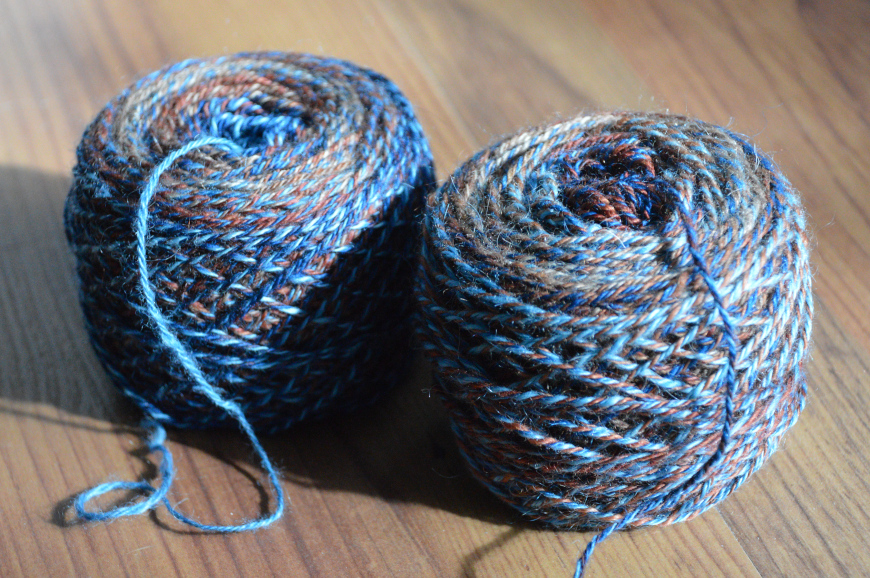It’s definitely fall here in Central Alberta. The leaves started changing in the last week, and there’s a noticeable nip in the air (in fact, we had a frost warning last night, although I’m not sure we actually got any frost). Summer kind of went by in one big haze – I imagine it did for a lot of us. Summer has a certain rhythm – for us it’s normally lots of festivals and day trips. This year, of course none of those happened, so it all floated by, a bit like a dream.
What I did find myself doing this summer, if I look back on it, is I tackled some projects that challenged me. Things I hadn’t done before, or things I hadn’t done in a very long time. With COVID and such disruption, I found myself drawn to projects that required a lot of concentration. Things that challenged me. Things that I was unsure how to make and had to figure out. To be honest, my regular fervent knitting took a bit of a back seat, and as some of you know I also design patterns, which also definitely took a back seat, although I have had several patterns in the works for months.
Truthfully, learning new skills (something I talked about in a previous post) has been much needed for me the past few months. I’m glad I started down that road, because I imagine things will seem hazy and weird for some time to come.
Tour de Fleece 2.0
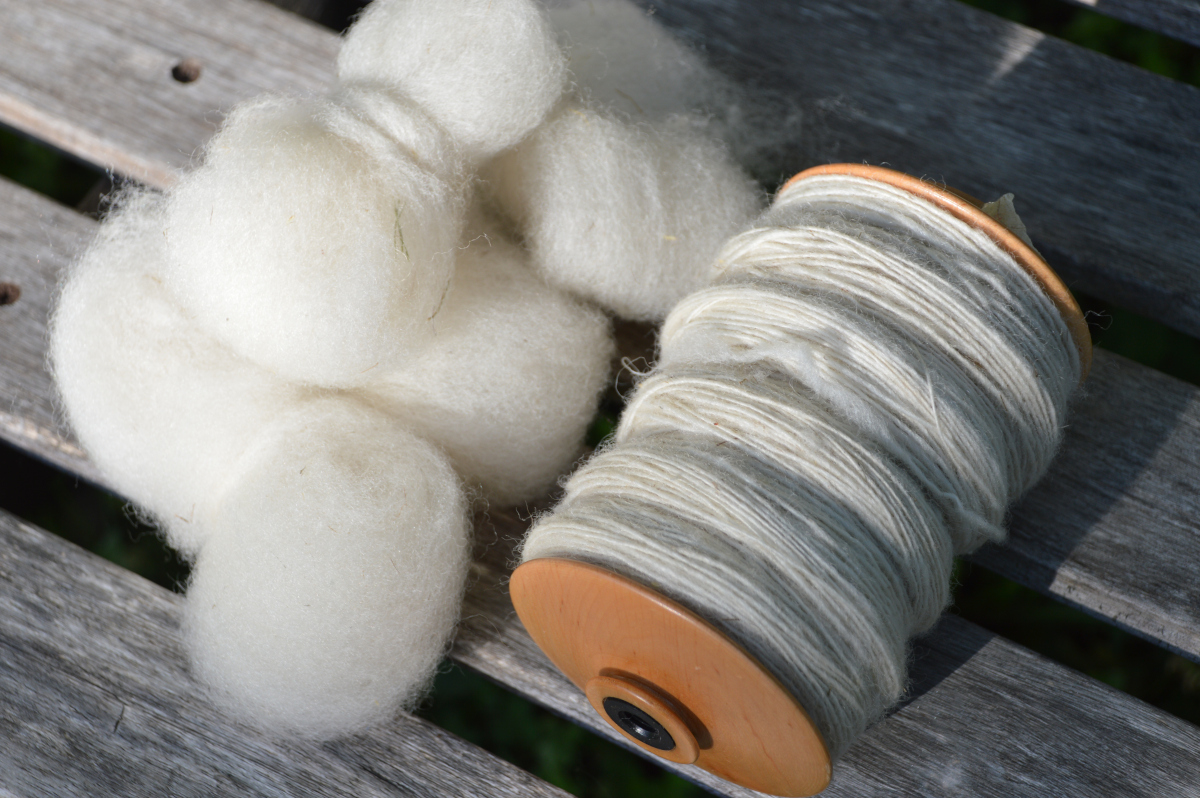
I participated in TdF during its earlier run, but with the race rescheduled, another version took place. Since I didn’t get the yardage for the sweater I wanted during 1.0, I jumped on the train for 2.0, which just started on August 29. I’m determined to knit the Derwent sweater by Sarah Cooke come hell or high water, but I pivoted a bit. Having spun an inordinate number of 3 ply yarns this year, I decided to stick with a 2 ply, even if it’s not necessarily the best choice for a cable knit (it’ll be fine though). I’ve spun 5 separate 3 ply spins this year and I’m kinda burned out on them to be honest.
And instead of creating a blend, I went with a straight single source wool – some Tunis I have had in my stash, sourced from a farm about 2.5 hours south of me. So in the last week of August before the race started I carded up about half (or a little less) of what I think I’ll need on my drum carder, and as I run out I’ll card up more.
This Tunis is just heaven though – it’s toothy and silky at the same time, and has an absolutely drool-worthy bounce and loftiness to it. I haven’t spun Tunis in a while and I forgot how much I really love this wool. I have more than enough for this sweater, and I think I’ll have enough for another as well.
Normally I’d dye a white wool for a sweater project, but because of the lovely natural creaminess of Tunis, I may just keep this one its natural colour. For a heavily cabled sweater like Derwent I think it’ll be a lovely finished project as-is.
The 7 Year Weave
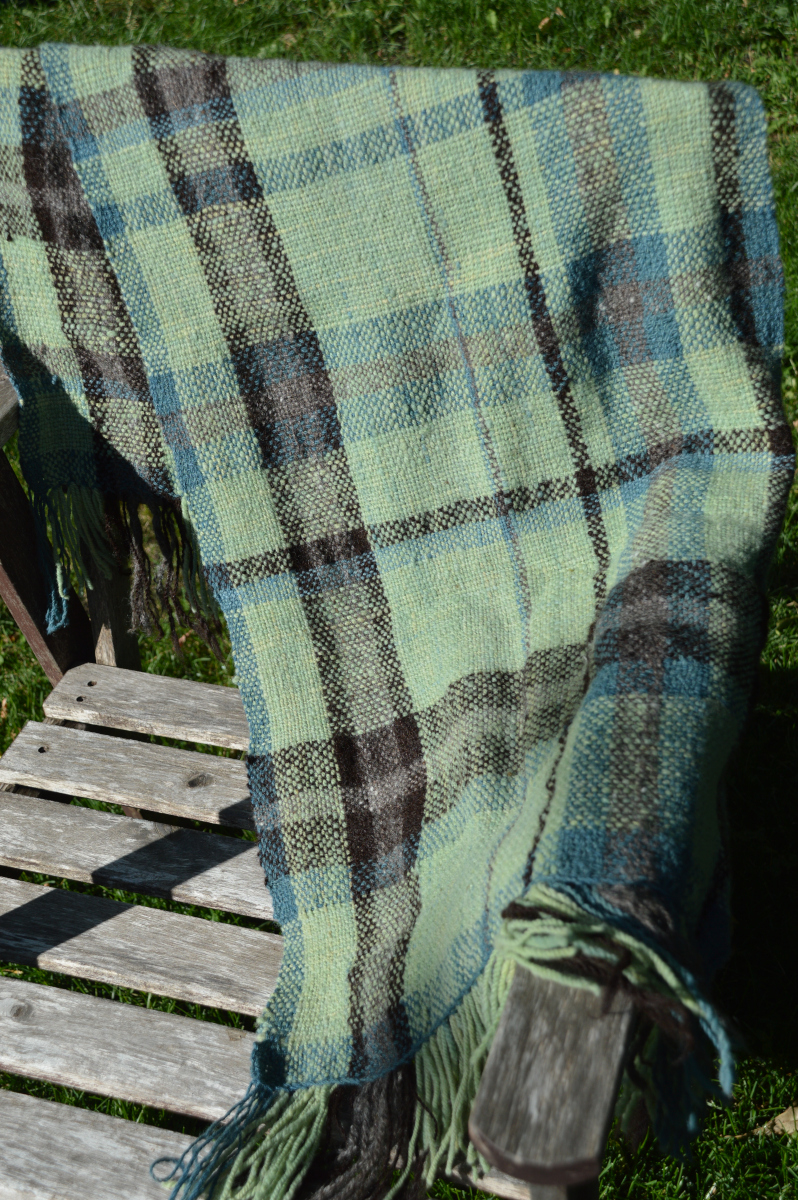
I was so happy when I finally wound this project off the loom. Since I didn’t plan any of it – the stripes or which fibres I was using where – I had no idea what the final result would look like. It ended up being an unintentional plaid and I’m just over the moon with it.
Not knowing if I’d want to chop it up and sew it, I also hemstitched it, and I’m glad I did because there’s no way I’m cutting this thing. It’s a good size for a table runner, and I think that’s what it’ll be come (it’s also a good size for a large shawl!).
I ended up fulling it by hand slightly, delicately, because the different fibres fulled at different degrees. This was my first time finishing a wool weaving, and while it’s slightly lumpier than I wanted, it isn’t terrible. The fulling process also softened up the wools wonderfully, so while it felt stiff and somewhat rough when I wound it off, it’s soft and has a lovely drape now. So the trade off for some slight lumpiness was worth it.
Next time I think I’ll just try finishing with a steam iron and seeing what that does, just to see if I can avoid the lumpiness, but other than that I’m totally happy with this project. I actually have enough of these odds and ends of yarn to make another of similar size – although it’ll be mostly browns since I used up most of the greens and blues in this one. I’m excited to see what that one turns out like.
Mill Batch
I sent off my batch of North Country Cheviot to Rosebud River Fibre Mill this month, and while it’s still a few months away before the product comes back, I’m just so excited I wanted to make mention of it here. I don’t even have fun photos to share with you on this one, although I did have a blast packaging up 3 giant garbage bags full of wool into three tiny vacuum sealed bags that ended up fitting a pretty standard sized box.
As I get updates I’ll continue to share them here – eventually some of the product will be available here on the site, and I hope to be able to do at least a small run once per year.
Snapshot Quilt
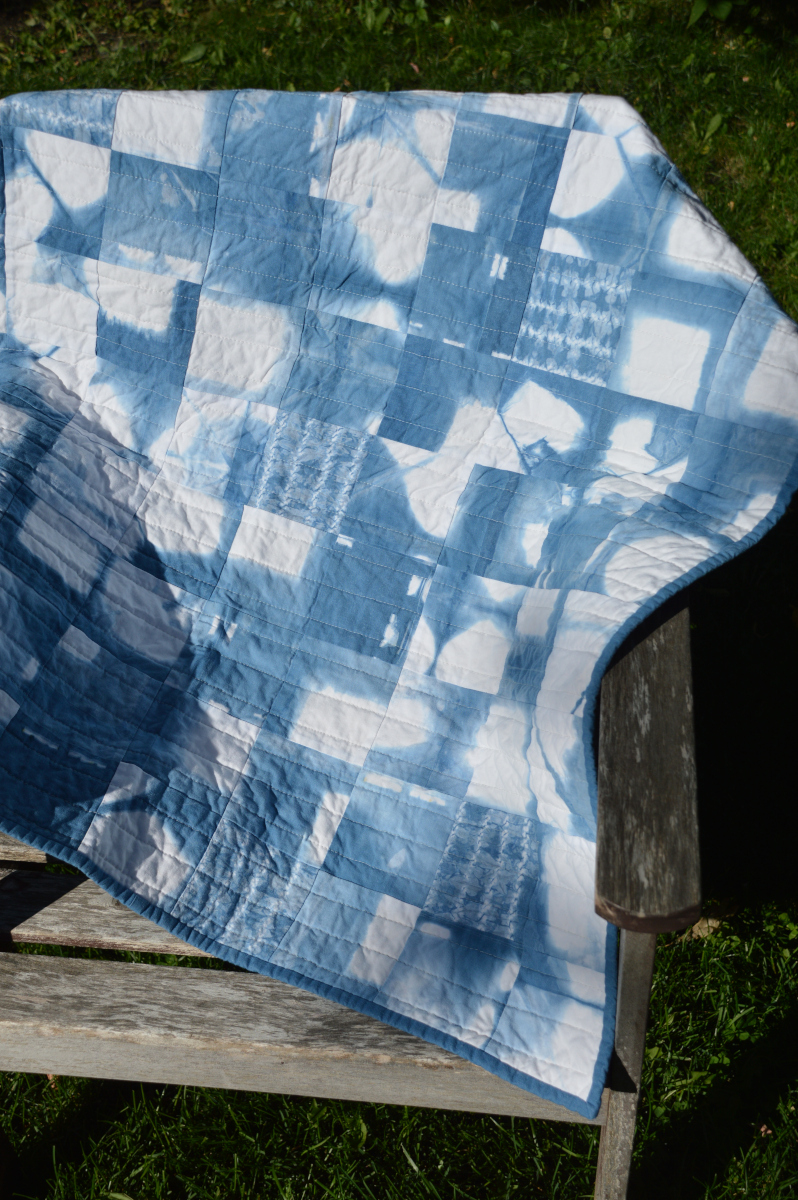
Okay, I know, Fibre Notes is supposed to be about wool and locally sourced materials. Besides purchasing from Canadian companies, this isn’t. And I hardly started with raw materials, since the batting and cotton are pre-made (the cotton made in Indonesia and the cotton batting made and grown in the USA).
BUT, I did dye it all myself with indigo and sewed my first ever quilt, and that feels like an accomplishment worthy of mention. This is one of those things that I tackled because I wanted a challenge. I hadn’t been particularly interested in quilting prior to this year, but when my sister gave me a copy of The Modern Natural Dyer by Kristine Vejar, I got a real bug to create the Snapshot Quilt in the book. So, July through August I worked on dyeing and constructing the quilt, learning all about piecing, quilting, and hand binding as I went.
My resulting quilt is something I’m very proud of (and honestly, I’m somewhat surprised it all worked). This is definitely a road I want to explore more – not just quilting, but naturally dyeing cellulose fibres to quilt. While I’ve been learning natural dyeing for some years now, that has been limited to protein fibres, which has a different method of dyeing than cellulose fibres.
I’m really excited to start working on my next one, and challenging myself further with different patchwork. I’m excited to have an excuse to learn cellulose natural dyeing as well, something that has been lacking in my repertoire. As I get more comfortable with quilting, I’ll be branching out into using wool batting – thankfully Custom Woolen Mills, a local mill, makes them – which will be a great way to bring that local connection into future quilt projects.
